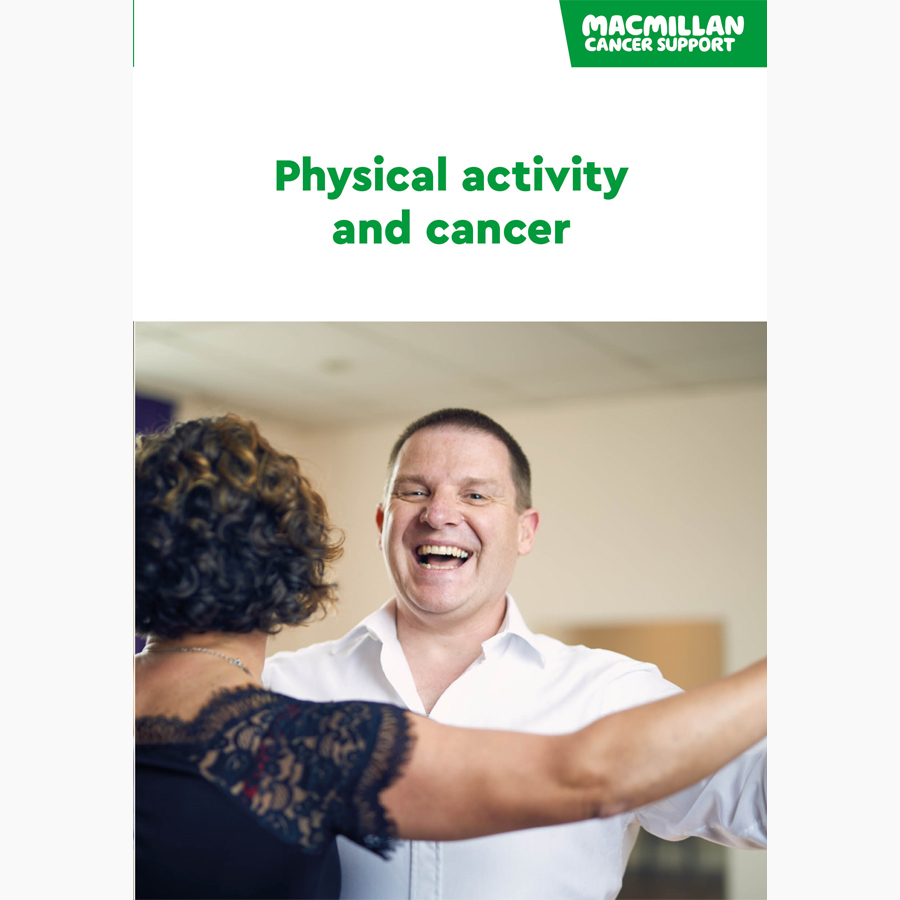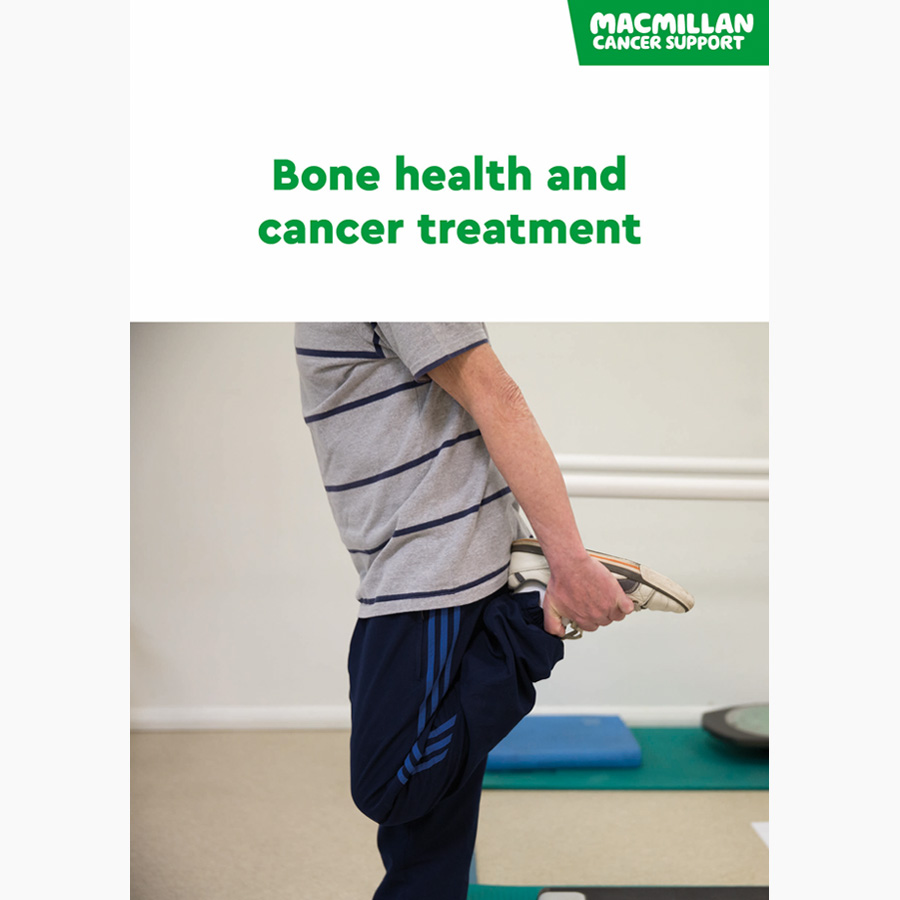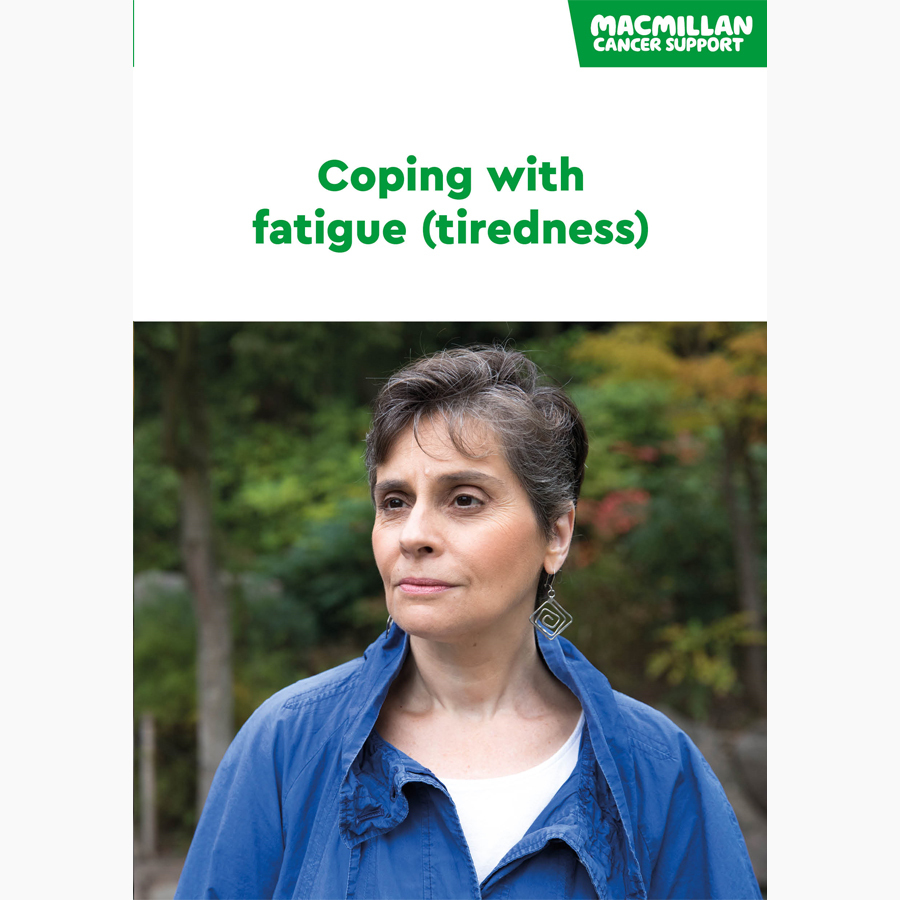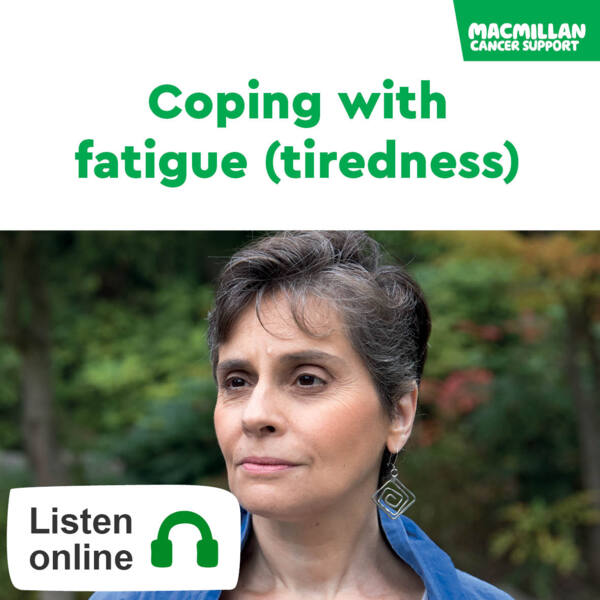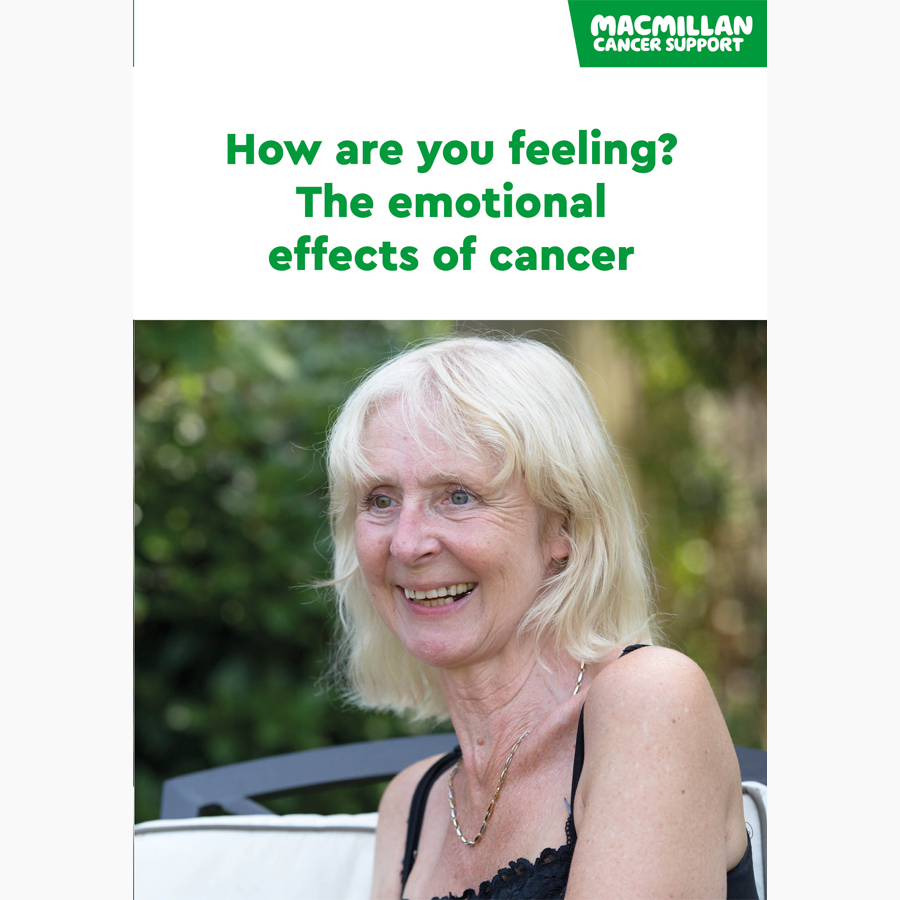Being physically active after treatment
Being active after treatment
Physical activity is usually safe after cancer treatment but it is important to get advice from a healthcare professional. There may be some types of activity you need to avoid or be careful with.
For some people, recovery may take some time after cancer treatment ends. Being physically active after treatment can be a positive step in your recovery.
It may help you:
- maintain your fitness, strength, and mental well-being
- manage ongoing side effects such as tiredness (fatigue)
- reduce your risk of late effects after treatment.
There is also some emerging evidence that being physically active at the recommended levels can reduce the risk of some cancers coming back. These include breast and bowel cancer. Research into physical activity is ongoing. More evidence is needed before we will know how much and what specific exercise is needed to reduce the risk of cancers coming back.
Booklets and resources
How much activity is right for you?
After cancer treatment ends, try to increase your activity slowly. What you can manage will depend on your level of fitness and the treatment you have had.
The advice about what and how much activity you should do is the same during and after cancer treatment. You can find out more in our information about being physically active during treatment. We also have more about recommended physical activity levels in our physical activity and cancer information.
Physical activity and late effects
Late effects are side effects that may develop months or years after cancer treatment ends. Not everyone will get late effects. Your cancer doctor or specialist nurse can explain what effects your treatment may cause.
Being physically active may help to reduce your risk of some late effects. It can also help you manage some types of ongoing side effects.
Related pages
Heart health
Some treatments may slightly increase the risk of heart problems. These include radiotherapy that is given close to the heart and certain chemotherapy, targeted therapy or immunotherapy drugs.
Aerobic activities can help protect your heart and improve your cardiovascular fitness level.
Bone health
Cancer treatments that reduce the levels of the hormones oestrogen or testosterone can cause bone thinning and loss. These include:
- hormonal treatments for breast cancer or prostate cancer
- treatments that cause an early menopause.
Activities where you are supporting your own body weight will help keep bones strong. These are sometime called weight-bearing exercises. They include:
- walking
- dancing
- resistance training, such as lunges and squats.
You could also try impact activities, such as jumping and skipping. But impact activities are not recommended if you have any bone metastases.
If you have any bone problems, get advice on exercise from your healthcare team.
Booklets and resources
Fatigue (tiredness)
Fatigue is feeling very tired most or all of the time. It is not usually helped by rest or sleep. It is a common symptom of cancer and side effect of cancer treatment. For some people the more treatment they have the more tired they become.
Research shows that doing some physical activity during and after cancer treatment can help to reduce fatigue. This can be difficult if you feel so tired that you do not want to do any physical activity. But even going for a short walk can help with fatigue. Try to prioritise tasks. This means you can do more important tasks when you have the most energy.
Booklets and resources
Anxiety and low mood
Many people feel overwhelmed when they are told they have cancer. During and after treatment, you may have many different emotions. These include uncertainty, anxiety and depression.
Research has shown that being physically active during and after treatment can help improve your mood and confidence. Doing something positive for yourself can help with anxiety and low mood.
Booklets and resources
Keeping to a healthy weight
Gaining weight
Some people may gain weight because of cancer and its treatment. If treatment makes you feel tired, you may be less active than usual. Hormonal therapies and steroids can also cause weight gain.
Being active and eating healthily can help you manage your weight. Keeping to a healthy weight can help reduce the risk of:
- joint problems
- back problems
- developing a new (primary) cancer – excess body fat has been linked to some cancers such as bowel, breast and womb.
Losing weight
Some people lose a lot of weight due to cancer and its treatment. The amount of muscle you have may be reduced. Physical activity can help you gain weight by building muscle. Doing exercises to help build muscle before treatment starts can mean you have some in reserve if you lose weight.
You can try to increase your food intake if you are losing weight. This will help to keep your energy levels up. This may not be easy to do as side effects like nausea may mean you have a reduced appetite. You can ask to be referred to a dietician who can help you to try and maintain a healthy weight.
Other health problems
After cancer treatment, some people are more at risk of developing other health problems. Being physically active can help you manage or reduce your risk of:
- high blood pressure
- stroke
- high cholesterol
- type 2 diabetes
- kidney disease.
About our information
This information has been written, revised and edited by Macmillan Cancer Support’s Cancer Information Development team. It has been reviewed by expert medical and health professionals and people living with cancer.
-
References
Below is a sample of the sources used in our physical activity information. If you would like more information about the sources we use, please contact us at cancerinformationteam@macmillan.org.uk
Campbell K, Winters-Stone K, Wiskemann J, et al. Exercise guidelines for cancer survivors: consensus statement from international multidisciplinary roundtable. Med Sci Sports Exerc. 2019 November; 51911): 2375-2390 [accessed February 2023].
www.gov.uk Physical activity for adults and older adults: 19 and over [accessed February 2023].
Date reviewed

Our cancer information meets the PIF TICK quality mark.
This means it is easy to use, up-to-date and based on the latest evidence. Learn more about how we produce our information.
The language we use
We want everyone affected by cancer to feel our information is written for them.
We want our information to be as clear as possible. To do this, we try to:
- use plain English
- explain medical words
- use short sentences
- use illustrations to explain text
- structure the information clearly
- make sure important points are clear.
We use gender-inclusive language and talk to our readers as ‘you’ so that everyone feels included. Where clinically necessary we use the terms ‘men’ and ‘women’ or ‘male’ and ‘female’. For example, we do so when talking about parts of the body or mentioning statistics or research about who is affected.
You can read more about how we produce our information here.



